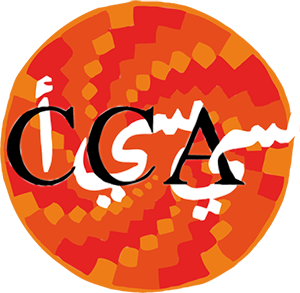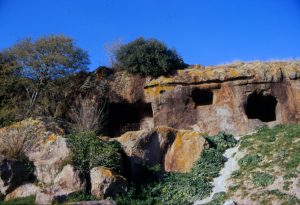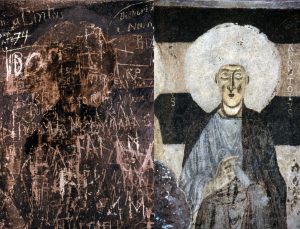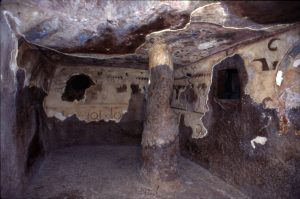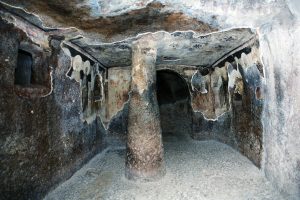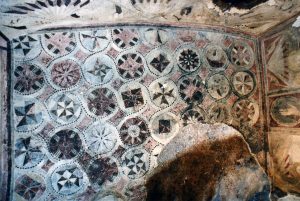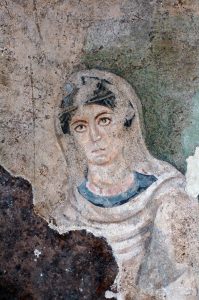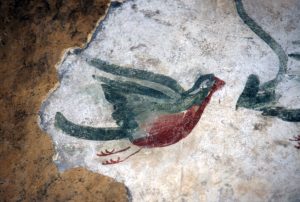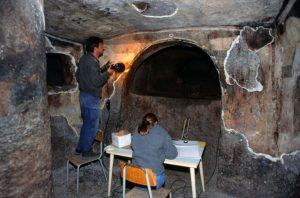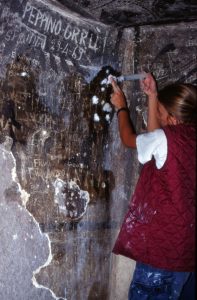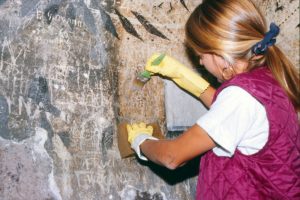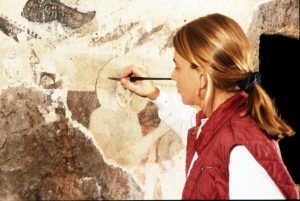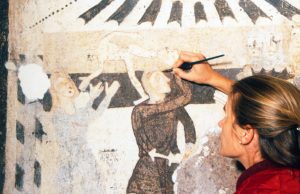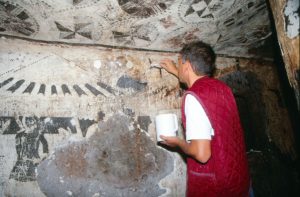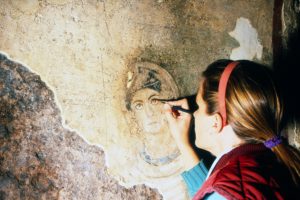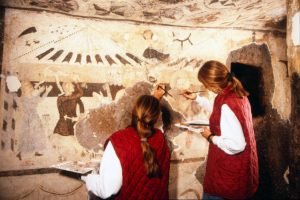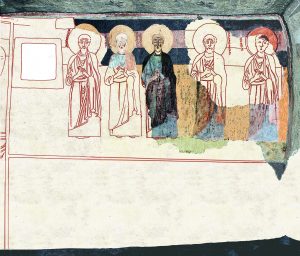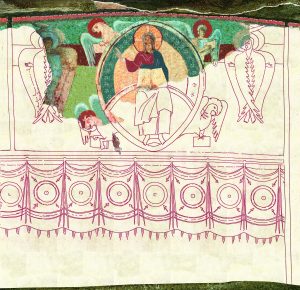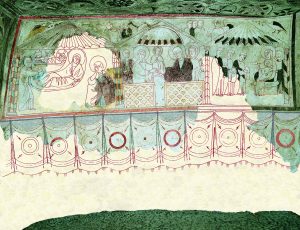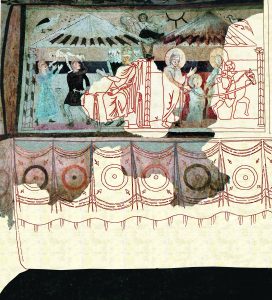The necropolis
The complex of S. Andrea Priu, located in the fertile plain of Santa Lucia a Bonorva (Sassari), atop a 180m long rocky cliff, is composed of about 20 prehistoric rock-cut caves, the so-called “domus de Janas”, in which collective burials were performed.
The complex, the origin of which dates back to the 3rd millennium B.C., remained in use and was constantly modified until the middle ages. Of the surviving caves, the largest and most complex is the Chief’s Tomb, among the most spectacular in Sardinia.
The hypogeum is formed by three large spaces (narthex, aula and bema or presbyterium), connected by rectangular openings similar to doors. 14 small funerary chambers – difficult to access – branch off the main spaces. From the time of its creation the tomb has undergone partial alterations during the late-roman era and the paleochristian-byzantine area.
Surviving remains from the Neolithic phase are fragments of wall decoration, red-ochre on a thin layer of plaster, and the votive so-called “coppelle”, hemispherical holes cut out of the narthex’s floor. Rectangular pit graves from the imperial phase are also present in this area. The aula and bema show fresco paintings that may be attributed to the paleochristian phase, or to the subsequent transformation of the structure in a church. In the aula, the depiction of a female figure surrounded by flying birds and garlands seems to belong to a paleochristian phase of reuse (4th – 5th centuries). In the bema, which was employed for liturgies in the medieval period (12th century), wall-paintings shows a complex cycle with scenes from the New Testament, depictions of the Saints, Apostles and Christ Pantocrator. The scenes are framed by painted rosettes and a velarium in the lower register.
